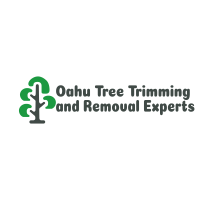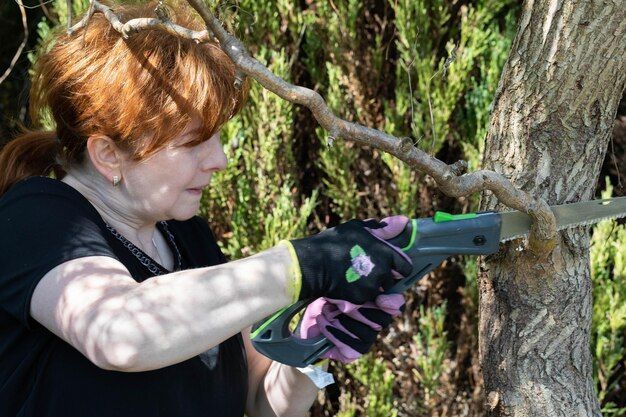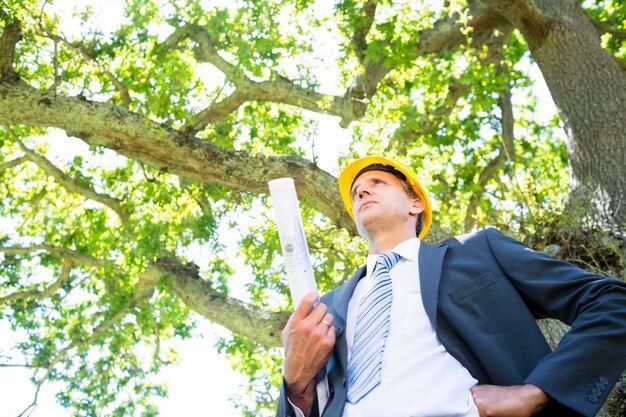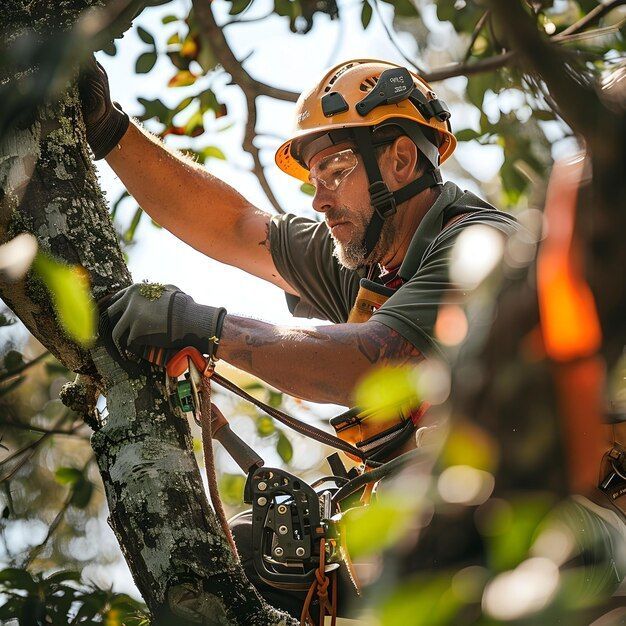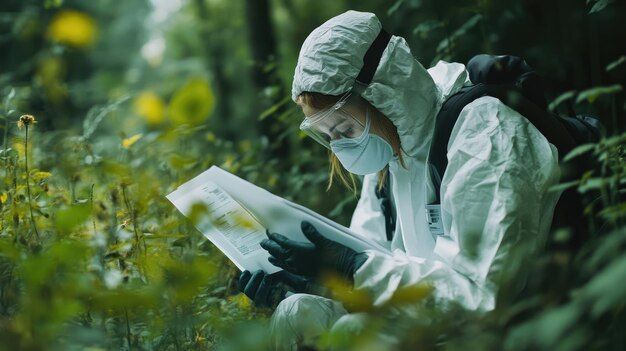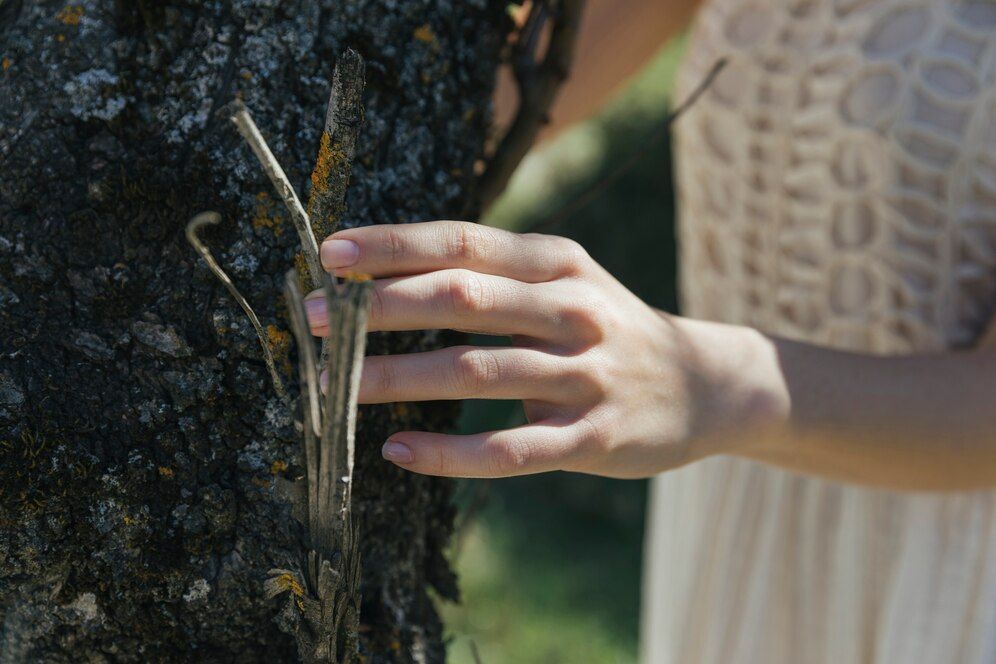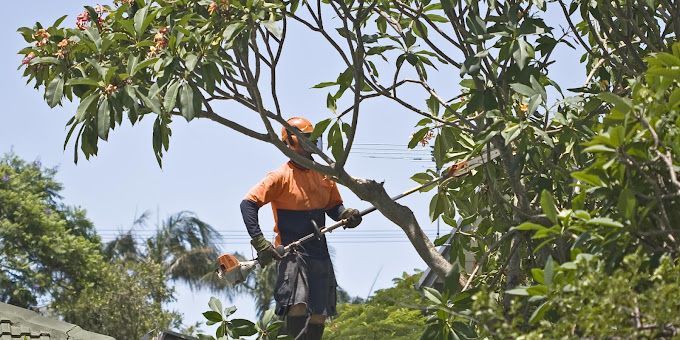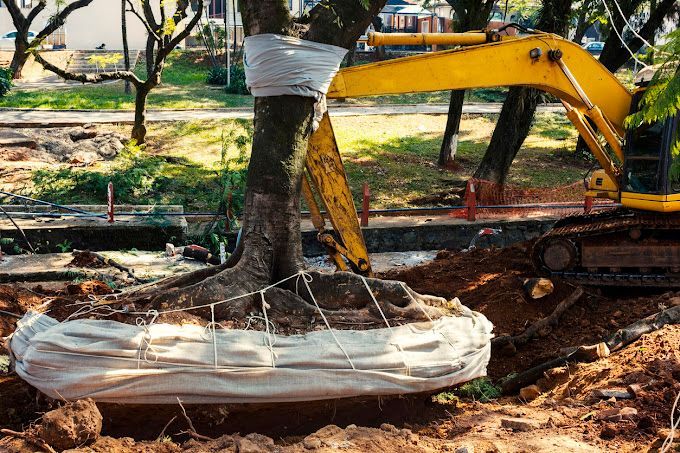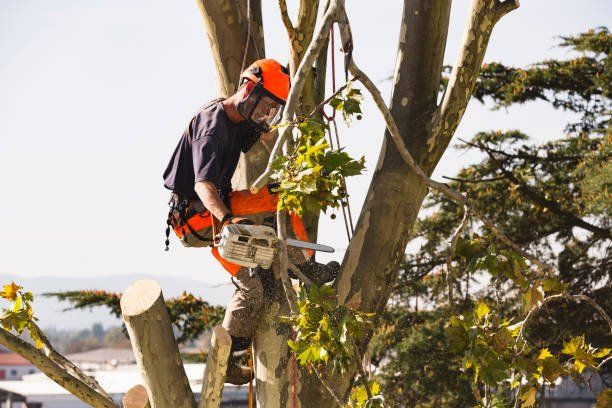A Cut Above: Oahu Tree Trimming Trends and Techniques
Tree trimming, an essential practice for maintaining the health and aesthetics of trees, is particularly significant in
Oahu, Hawaii. With its lush landscapes and unique ecosystem, Oahu presents both opportunities and challenges for tree care. This blog delves into the latest trends and techniques in tree trimming on the island, offering insights into how homeowners and professionals can keep Oahu’s greenery vibrant and thriving.
The Importance of Tree Trimming in Oahu
Tree trimming is more than just an aesthetic endeavor; it is a crucial part of tree health and safety. On Oahu, trees contribute to the island’s natural beauty, provide shade, and support the local ecosystem. However, they also face challenges from pests, diseases, and environmental stressors.
Proper tree trimming can mitigate these issues, ensuring that trees grow strong and healthy.
The Unique Challenges of Tree Trimming in Oahu
Oahu’s tropical climate and diverse flora require specific knowledge and techniques in tree trimming. The island’s trees, including native species like koa, ohia lehua, and kukui, as well as popular ornamental trees such as palm and banyan, each have unique care requirements.
- Climate Considerations: The warm, humid climate promotes rapid tree growth, necessitating more frequent trimming. However, the risk of tropical storms and hurricanes means that trees must also be trimmed for structural integrity to withstand strong winds.
- Pest and Disease Management: Oahu’s trees are susceptible to various pests and diseases, including the notorious Rapid Ohia Death (ROD) affecting ohia trees. Regular trimming helps manage these threats by removing infected or infested branches.
- Environmental Sensitivity: Tree trimming practices must consider the environmental impact, especially in ecologically sensitive areas. Techniques that minimize harm to wildlife and prevent soil erosion are crucial.
Current Trends in Tree Trimming
The tree trimming industry in Oahu has seen several emerging trends aimed at enhancing efficiency, sustainability, and tree health.
1. Technological Advancements
Technology is transforming tree care practices. Drones equipped with high-resolution cameras and sensors are used for aerial inspections, providing detailed views of tree canopies and identifying issues that are not visible from the ground. This technology allows for precise trimming plans, reducing unnecessary cuts and
preserving tree health.
2. Eco-Friendly Practices
Sustainability is a significant trend, with tree care professionals increasingly adopting eco-friendly practices. This includes the use of organic fertilizers and pest control methods, as well as the recycling of trimmed branches into mulch or compost. Additionally, there is a growing emphasis on preserving native species and preventing the spread of invasive plants.
3. Professional Certification and Training
There is a rising demand for certified arborists in Oahu. Professional certification ensures that tree care providers have the necessary knowledge and skills to perform their duties safely and effectively. Certification programs often cover topics such as proper pruning techniques, tree biology, and safety protocols.
Techniques for Effective Tree Trimming
Effective tree trimming requires a combination of science and art. Here are some of the most effective techniques employed by professionals in Oahu.
1. Crown Thinning
Crown thinning involves selectively removing branches to reduce the density of the tree’s canopy. This technique improves air circulation and light penetration, which can enhance the tree’s health and reduce the risk of disease. Crown thinning also helps the tree withstand strong winds by allowing wind to pass through the canopy more easily.
2. Crown Raising
Crown raising is the process of removing the lower branches of a tree to elevate the canopy. This technique is often used to clear space for pedestrians, vehicles, or buildings. It is crucial to perform crown raising gradually to avoid excessive stress on the tree.
3. Crown Reduction
Crown reduction reduces the overall size of the tree’s canopy. This technique is used when a tree has grown too large for its space or poses a risk to nearby structures. Crown reduction must be done carefully to maintain the tree’s natural shape and prevent damage.
4. Deadwooding
Deadwooding involves removing dead, dying, or diseased branches from the tree. This practice helps prevent the spread of disease and reduces the risk of falling branches, which can pose a safety hazard. Regular deadwooding can significantly improve the tree’s health and appearance.
5. Structural Pruning
Structural pruning focuses on shaping young trees to promote strong, healthy growth. This technique involves removing competing branches and encouraging a well-balanced structure. Early structural pruning can prevent many problems later in the tree’s life.
Seasonal Considerations for Tree Trimming
In Oahu, tree trimming is a year-round activity, but certain seasons present specific considerations.
1. Wet Season (November to March)
The wet season is a time of vigorous growth for many trees in Oahu. Trimming during this period can help manage this growth and prevent trees from becoming overgrown. However, it is also essential to avoid excessive trimming, as the high moisture levels can increase the risk of disease.
2. Dry Season (April to October)
The dry season is ideal for more extensive trimming and pruning activities. With lower moisture levels, the risk of disease is reduced, and trees are less likely to experience stress from trimming. This period is also a good time to address any structural issues to prepare trees for the wet season.
Safety Practices in Tree Trimming
Safety is paramount in tree trimming, given the inherent risks involved. Professional arborists in Oahu follow stringent safety protocols to protect themselves and the public.
1. Use of Personal Protective Equipment (PPE)
PPE, including helmets, gloves, eye protection, and high-visibility clothing, is essential for tree trimmers. These items protect against common hazards such as falling branches and debris.
2. Rigorous Training and Certification
Certified arborists undergo rigorous training in safety practices, including the use of climbing equipment, chainsaws, and other tools. They are also trained in emergency response procedures in case of accidents.
3. Risk Assessment
Before beginning any trimming work, a thorough risk assessment is conducted. This includes evaluating the tree’s condition, identifying potential hazards, and planning the safest approach to the task.
The Role of Community and Education
Community involvement and education play a crucial role in promoting effective tree trimming practices in Oahu.
1. Public Awareness Campaigns
Public awareness campaigns educate homeowners and businesses about the importance of tree trimming and proper care techniques. These campaigns often highlight the benefits of hiring certified professionals and the environmental impact of tree care practices.
2. Workshops and Training Programs
Workshops and training programs provide hands-on learning opportunities for homeowners and aspiring arborists. These programs cover topics such as basic trimming techniques, tree health assessment, and pest management.
3. Collaboration with Local Organizations
Collaboration with local environmental organizations and government agencies helps promote sustainable tree care practices. These partnerships often lead to community projects, such as tree planting and maintenance programs, which benefit the broader ecosystem.
Conclusion: Ensuring a Green Future for Oahu
Tree trimming is a vital practice for maintaining the health and beauty of Oahu’s trees. By embracing the latest trends and techniques, homeowners and professionals can ensure that Oahu’s greenery continues to thrive. From technological advancements and eco-friendly practices to professional training and community involvement, there are numerous ways to enhance tree care on the island. As we look to the future, it is crucial to prioritize sustainable practices that protect Oahu’s unique environment and contribute to the well-being of its residents.
Contact Us!
